Landscaping
Landscaping in construction refers to the process of designing, planning, and implementing outdoor spaces surrounding a building or construction project. It involves the creation and enhancement of gardens, lawns, trees, shrubs, pathways, and other natural elements to enhance the aesthetic appeal and functionality of the area.
Examples of our Landscaping work
Feel free to contact us with any queries you might have
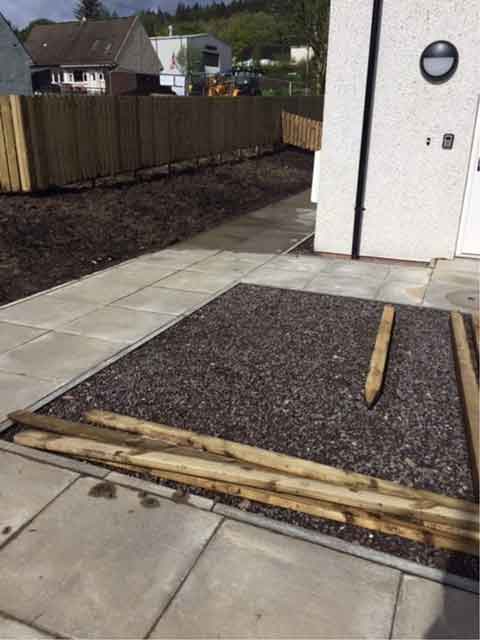
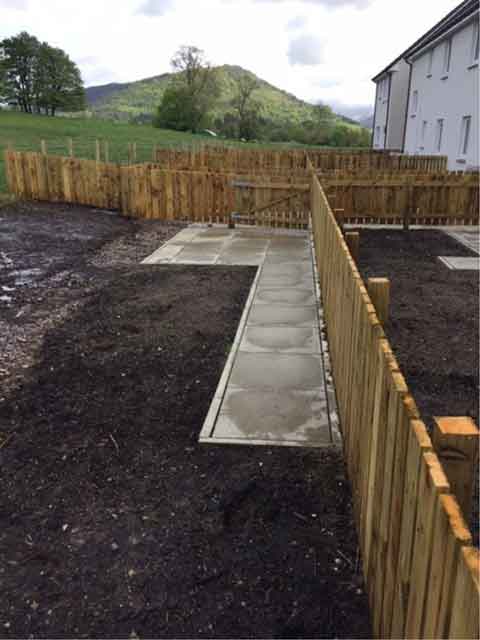
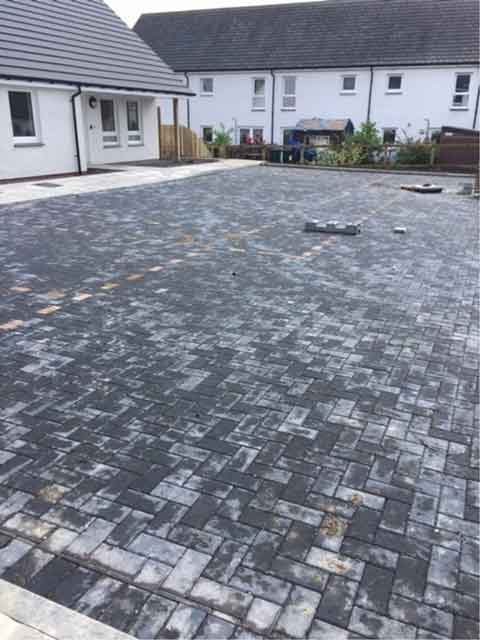
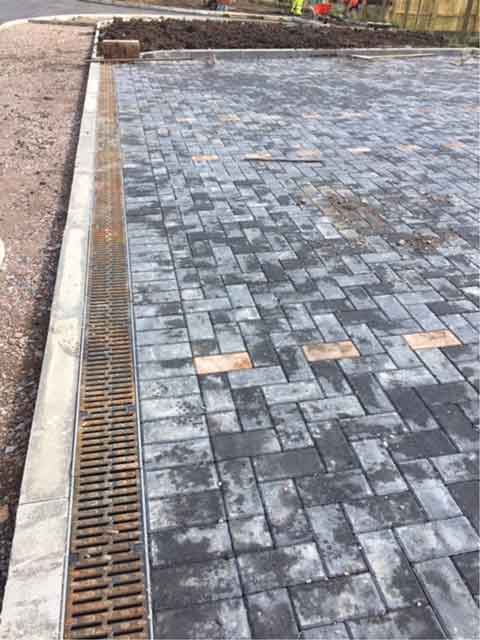
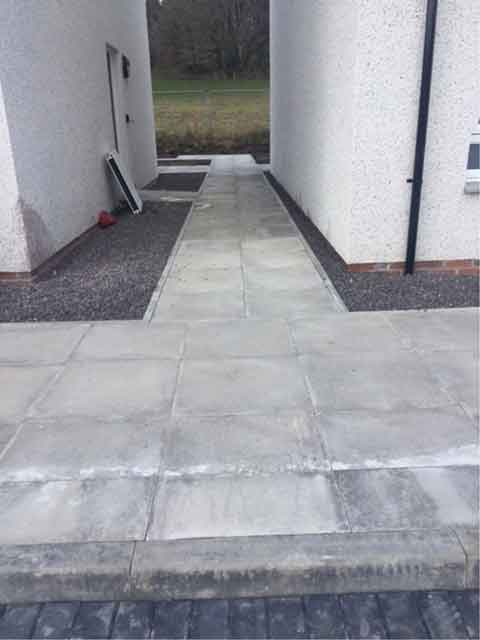
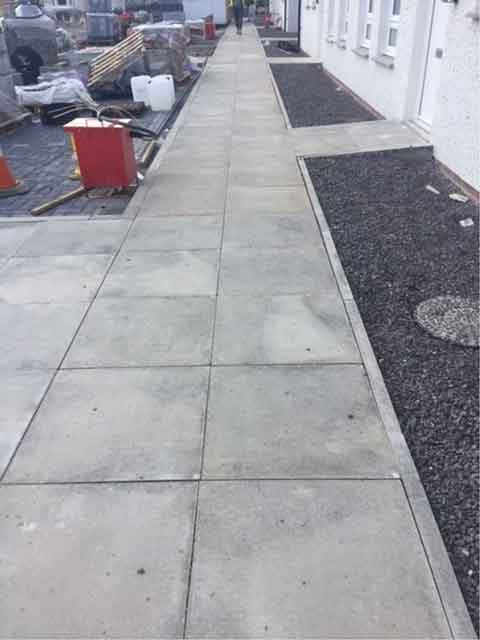
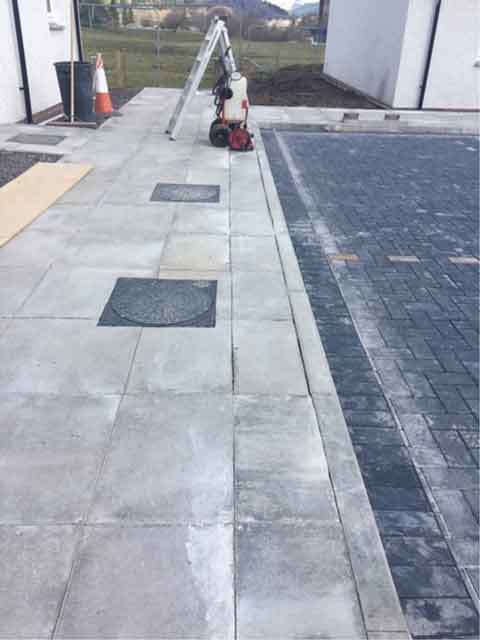
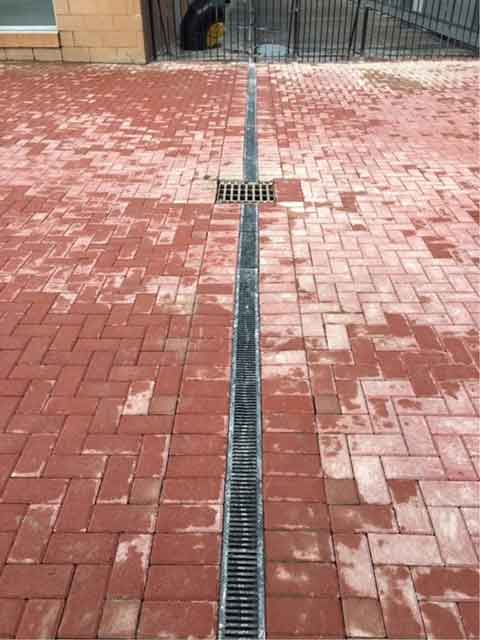
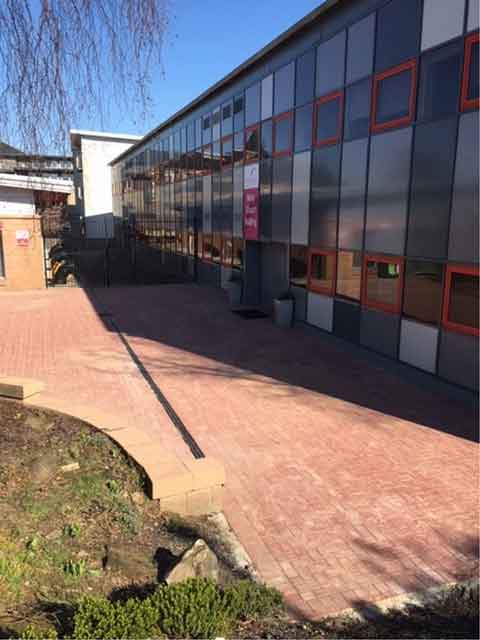
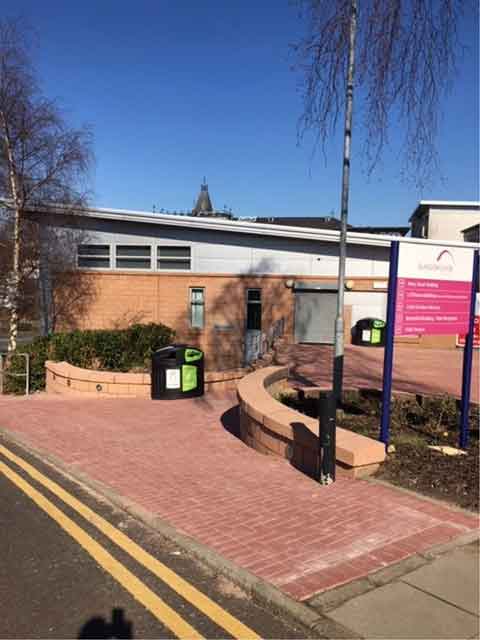
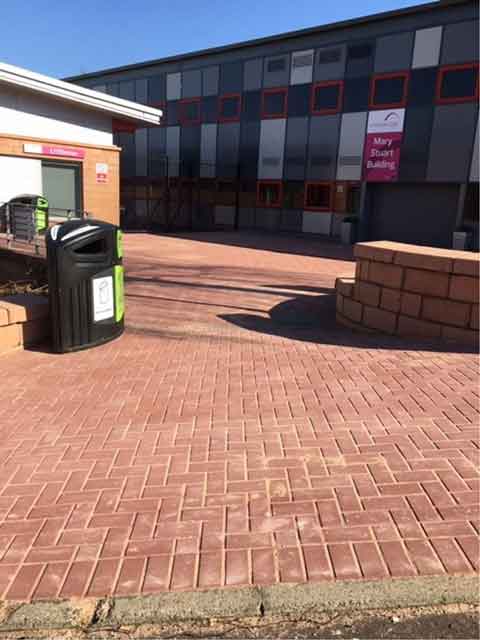
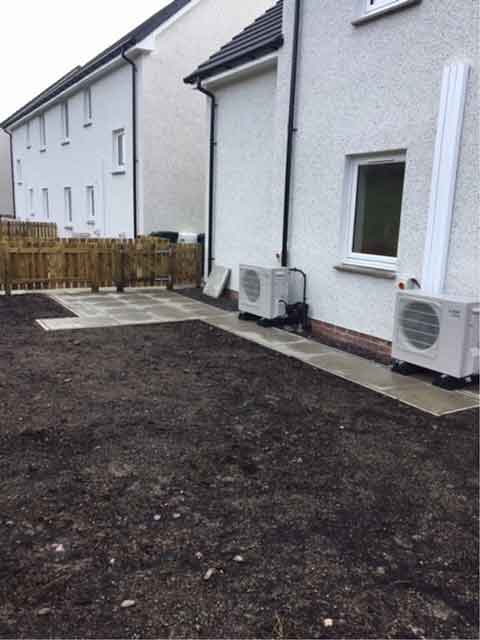
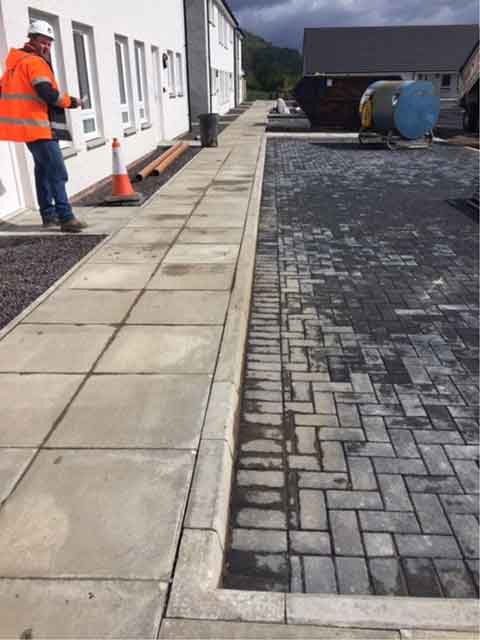
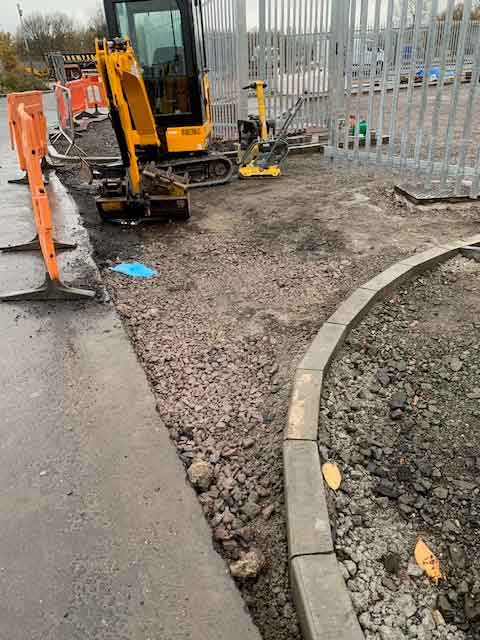
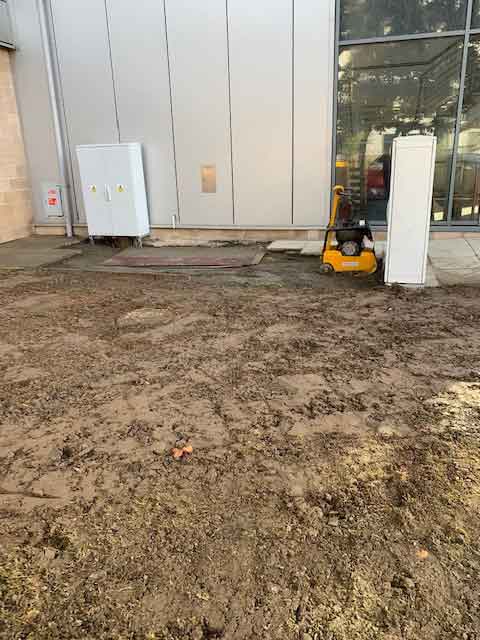
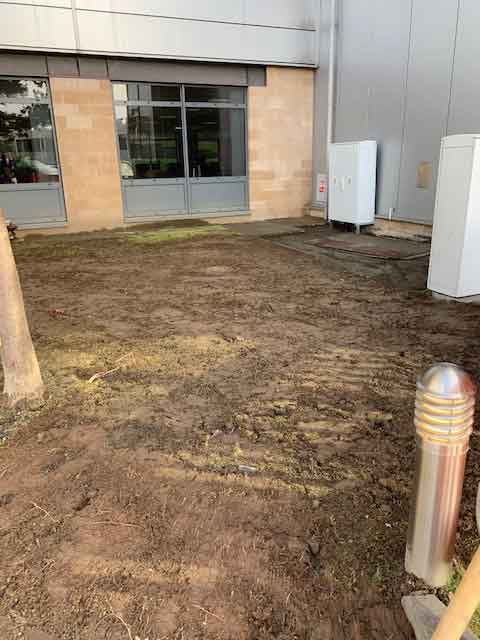
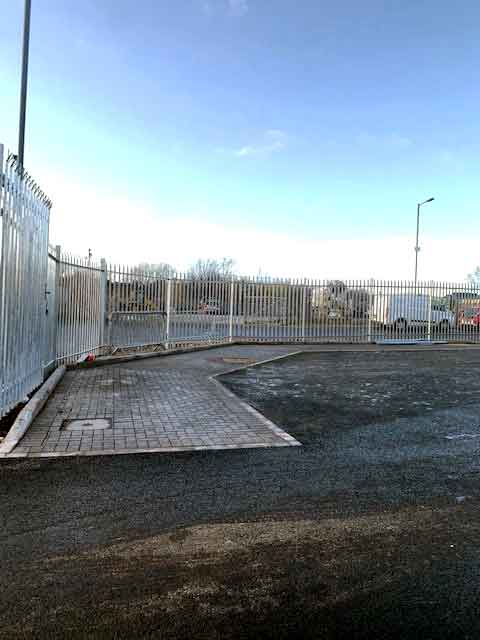
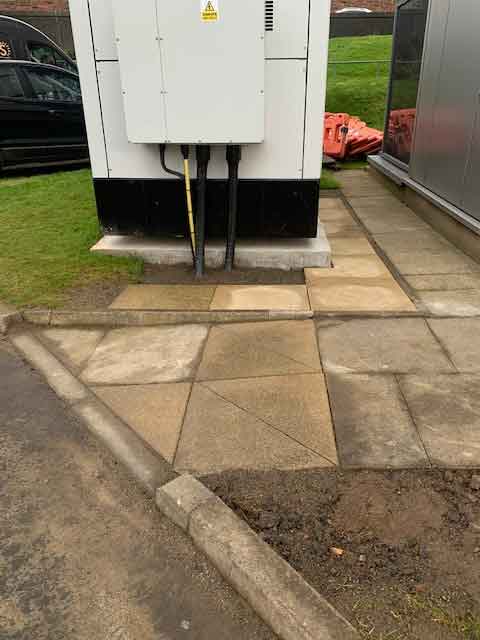
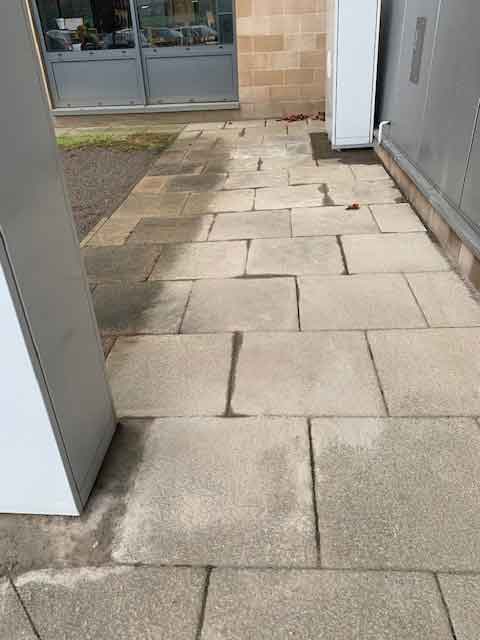

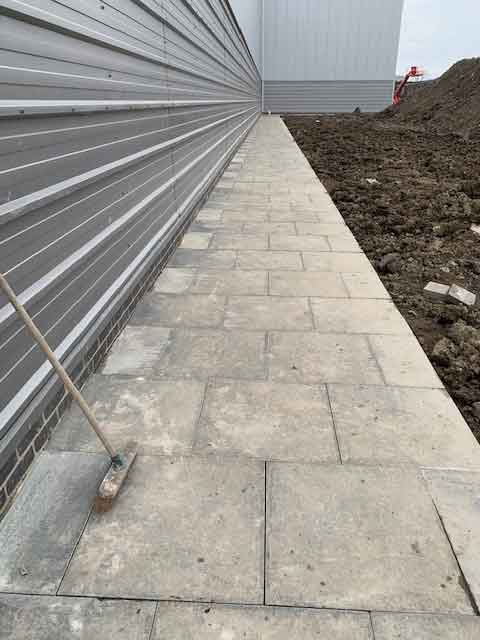
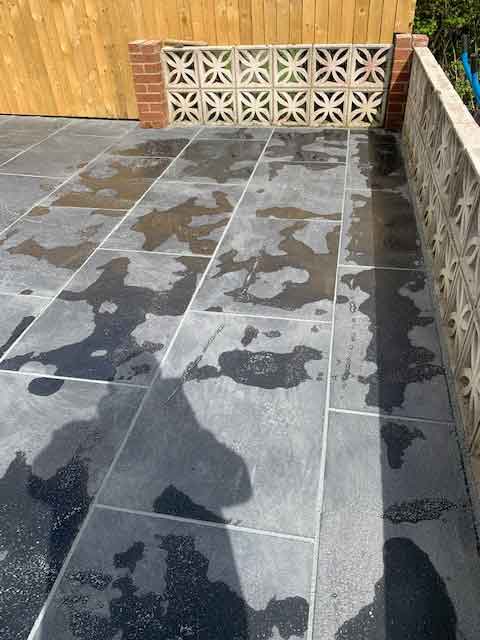
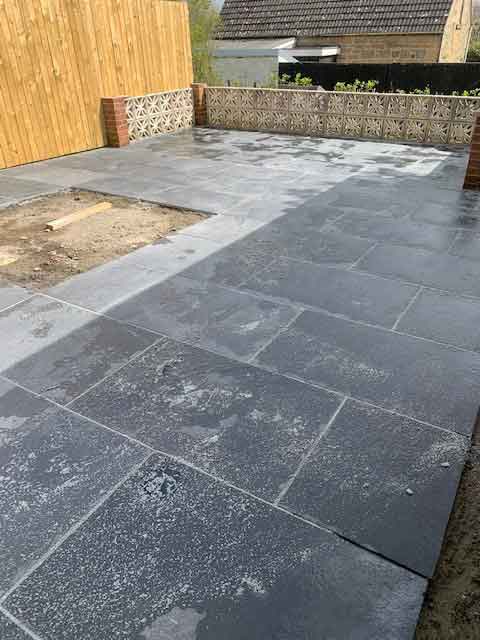
Landscaping in construction plays a vital role in creating a harmonious relationship between the built environment and the natural surroundings.
It adds value to the property, enhances the visual appeal, and provides functional outdoor spaces for residents or visitors to enjoy.
Key aspects of landscaping in construction
Design and Planning
Landscaping starts with the design and planning phase, where landscape architects or designers work closely with the construction team and clients to understand their requirements, preferences, and budget.
They consider factors like site conditions, climate, soil type, and local regulations to create a comprehensive landscape plan.
Site Preparation
Before starting the construction process, the site needs to be prepared. This includes clearing the area of debris, removing unwanted vegetation, leveling the ground, and addressing drainage issues. If necessary, retaining walls, terraces, or other structural elements might be incorporated to manage slopes or create different levels within the landscape.
Hardscape Installation:
Hardscaping involves the installation of non-living elements such as pathways, driveways, patios, decks, fences, and walls. These features provide structure, functionality, and define various areas within the landscape. Materials commonly used in hardscaping include concrete, stone, brick, wood, and metal.
Softscape Installation
Softscaping focuses on the living elements of the landscape, including plants, trees, shrubs, flowers, and grass. Landscape designers select and arrange these elements to create a visually appealing and sustainable environment. Factors like color, texture, height, and seasonal changes are considered when choosing plants for different areas of the landscape.
Irrigation and Drainage Systems
Proper irrigation and drainage systems are crucial for maintaining a healthy landscape. During the construction phase, irrigation systems are installed to ensure adequate water supply to plants. Drainage systems, such as French drains or grading techniques, are implemented to prevent water accumulation and avoid issues like soil erosion and waterlogging.
Sustainable Practices
Landscaping in construction increasingly focuses on sustainability and eco-friendly practices. This may involve the use of native plants that require less water and maintenance, incorporation of rainwater harvesting systems, use of permeable materials to promote water absorption, and installation of energy-efficient lighting systems.
